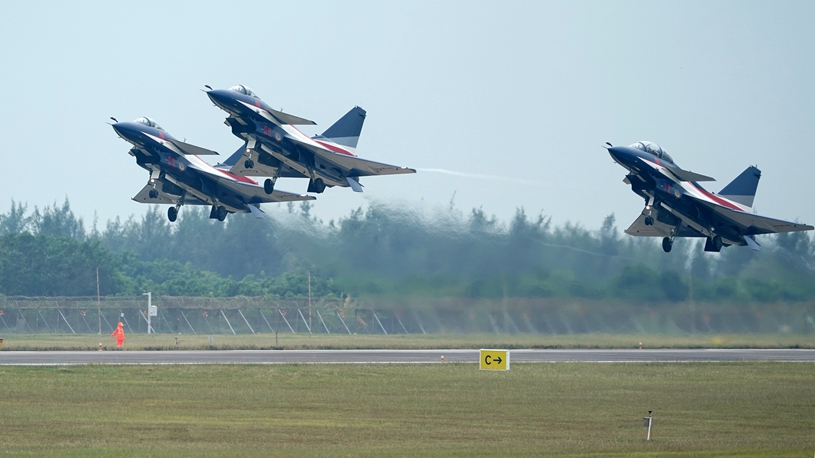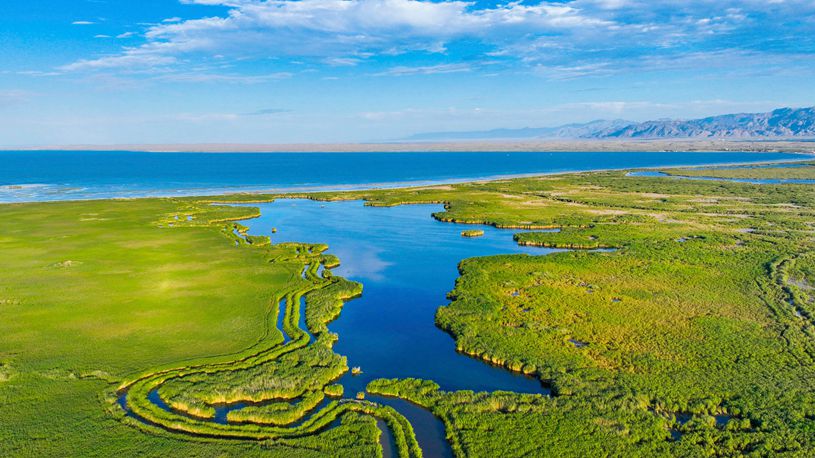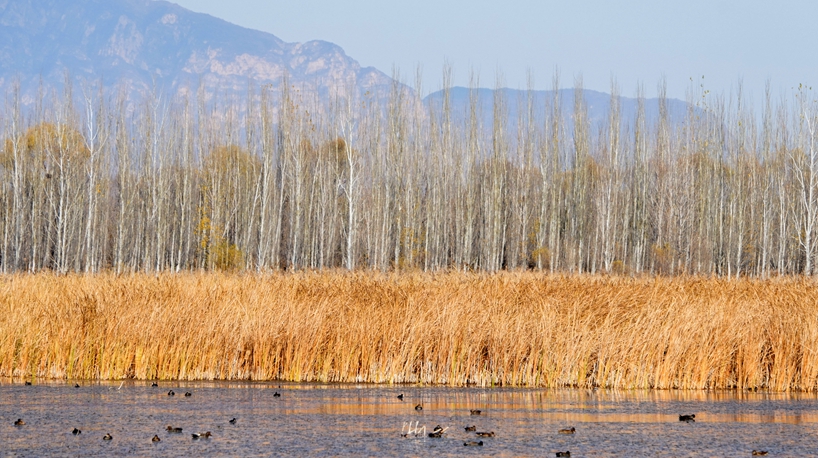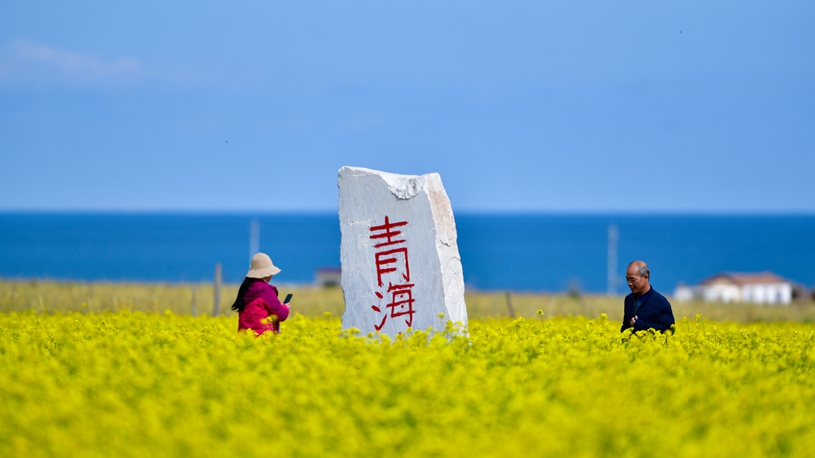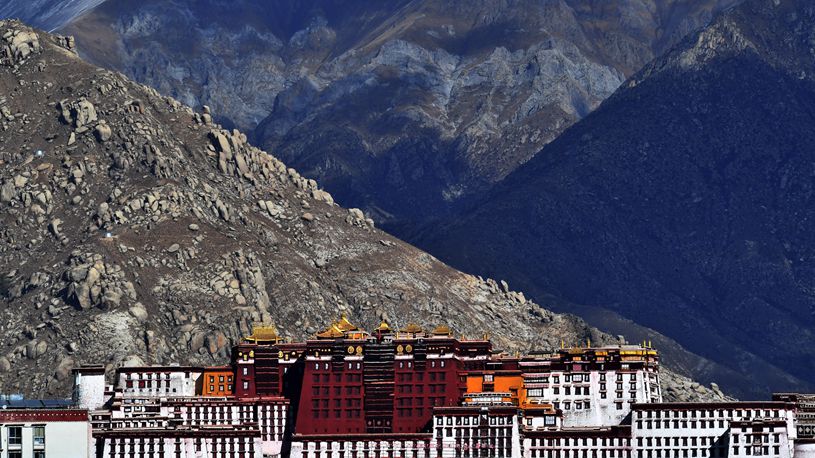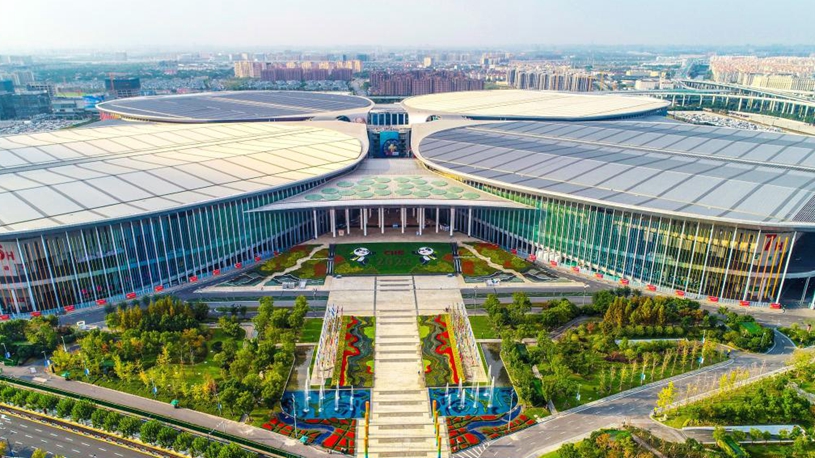LHASA, Nov. 8 (Xinhua) -- Lhunzhub County in Lhasa, southwest China's Tibet Autonomous Region, is a core protection area of a nature reserve for black-necked cranes, a species on China's top protection list.
Located near the mid-stream of the Yarlung Zangbo River, the area was designated as a regional nature reserve for black-necked cranes in 1993, and it was made a national reserve in 2003. Every winter, about 2,000 black-necked cranes migrate here to enjoy the county's vast wetlands.
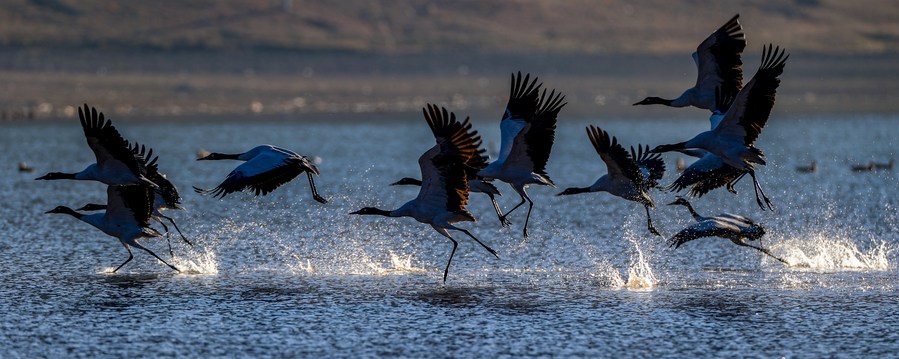
This photo taken on Nov. 6, 2022 shows black-necked cranes in Lhunzhub County of Lhasa, southwest China's Tibet Autonomous Region. (Xinhua/Jiang Fan)
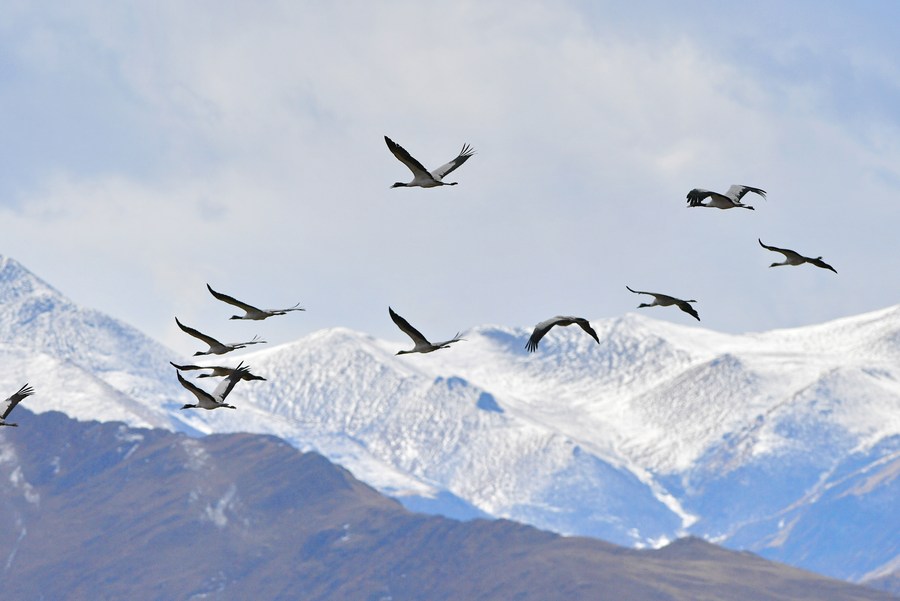
This photo taken on Nov. 6, 2022 shows black-necked cranes flying over the Lhunzhub County of Lhasa, southwest China's Tibet Autonomous Region. (Xinhua/Zhang Rufeng)
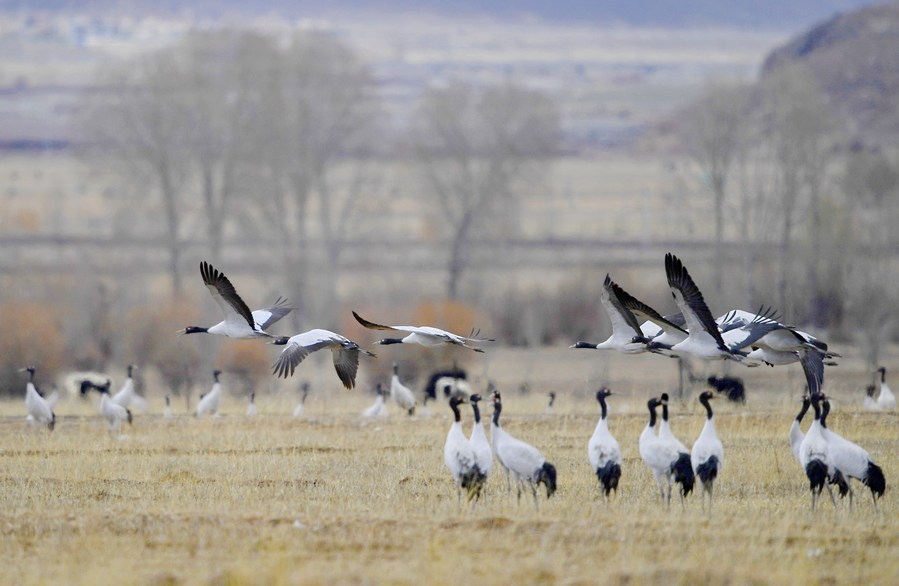
This photo taken on Nov. 6, 2022 shows black-necked cranes in Lhunzhub County of Lhasa, southwest China's Tibet Autonomous Region. (Xinhua/Zhang Rufeng)
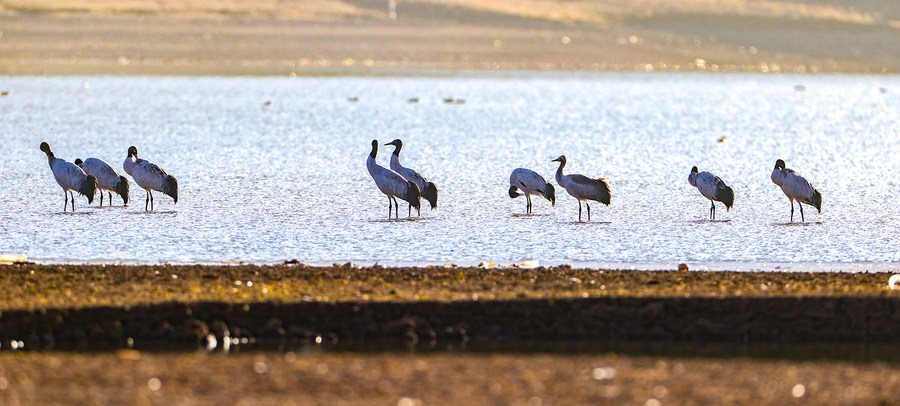
This photo taken on Nov. 6, 2022 shows black-necked cranes in Lhunzhub County of Lhasa, southwest China's Tibet Autonomous Region. (Xinhua/Lyu Qiuping)
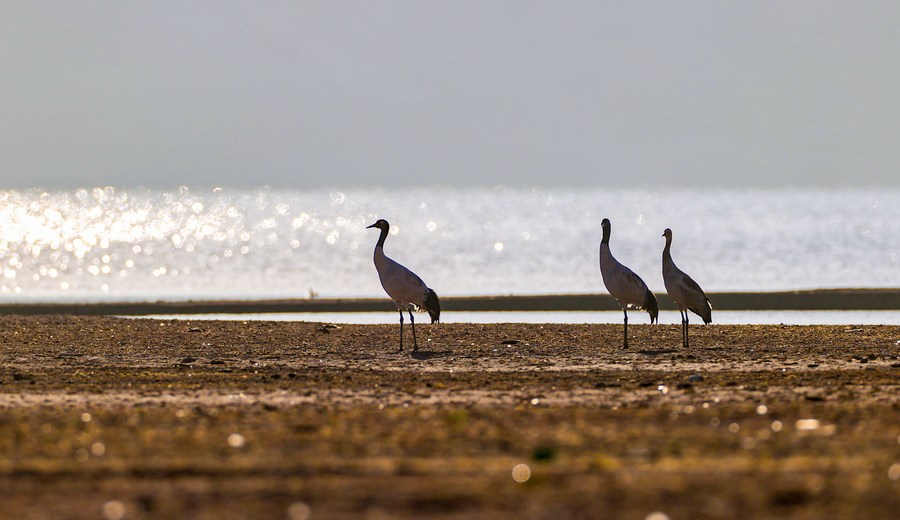
This photo taken on Nov. 6, 2022 shows black-necked cranes in Lhunzhub County of Lhasa, southwest China's Tibet Autonomous Region. (Xinhua/Jiang Fan)
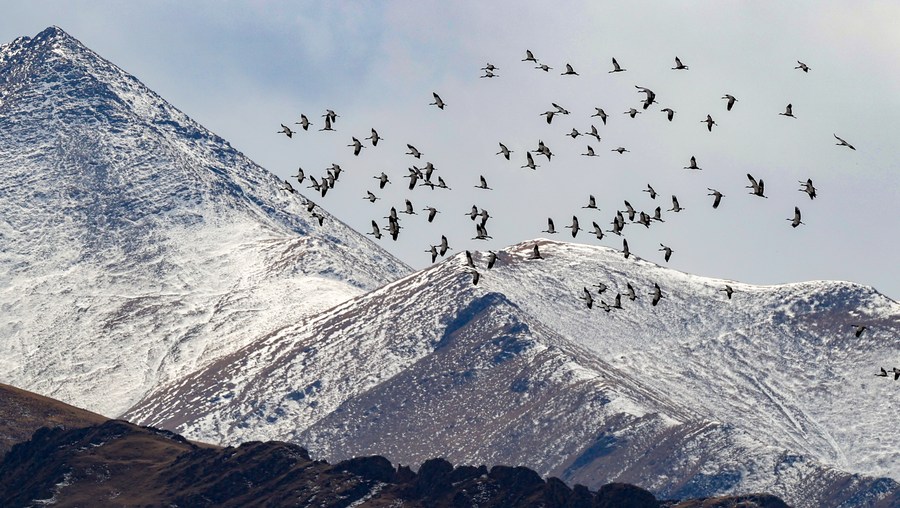
This photo taken on Nov. 6, 2022 shows black-necked cranes flying over the Lhunzhub County of Lhasa, southwest China's Tibet Autonomous Region. (Xinhua/Jiang Fan)
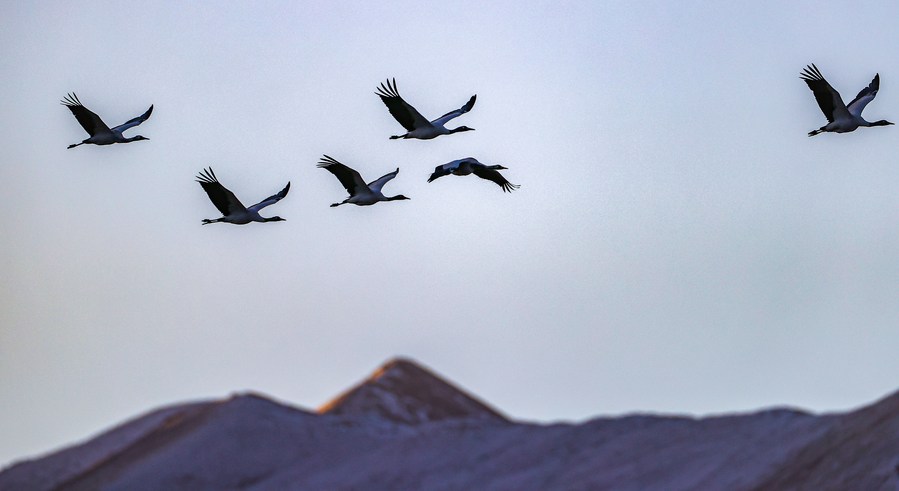
This photo taken on Nov. 6, 2022 shows black-necked cranes flying over the Lhunzhub County of Lhasa, southwest China's Tibet Autonomous Region. (Xinhua/Lyu Qiuping)
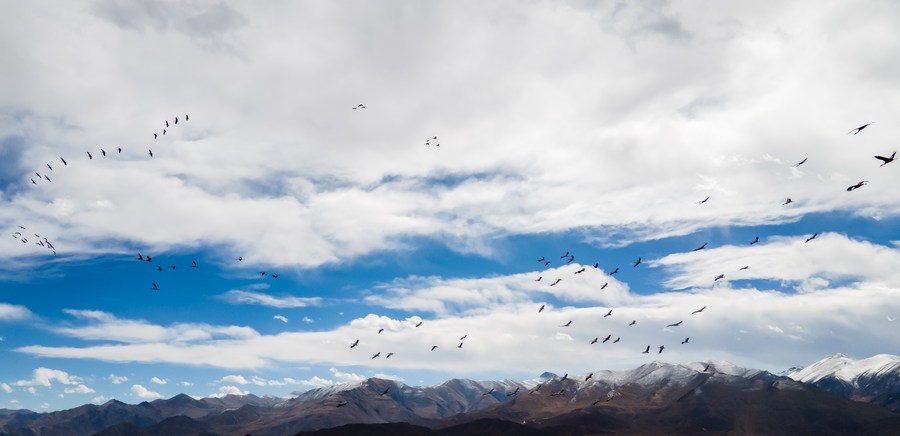
This drone photo taken on Nov. 6, 2022 shows black-necked cranes flying over the Lhunzhub County of Lhasa, southwest China's Tibet Autonomous Region. (Xinhua/Zhou Dixiao)
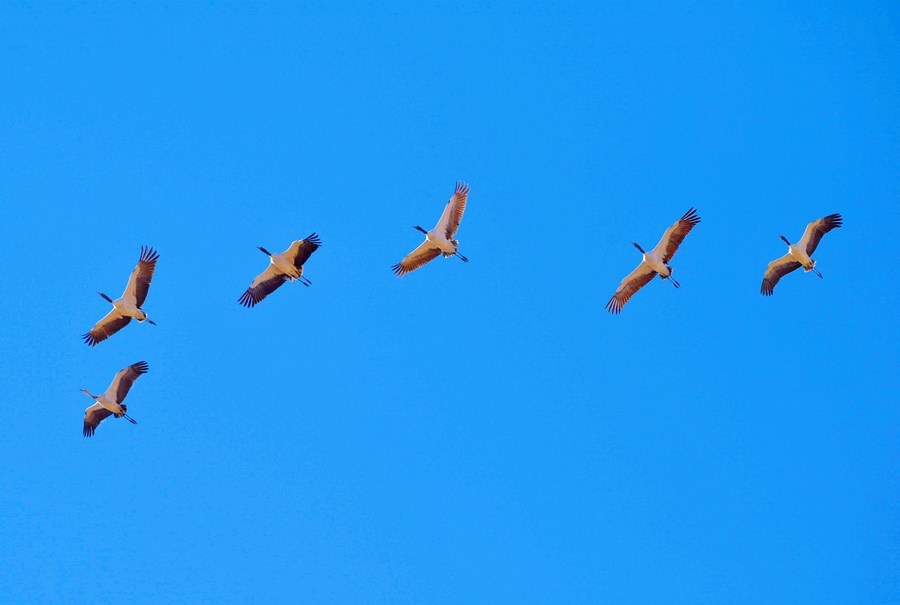
This photo taken on Nov. 6, 2022 shows black-necked cranes flying over the Lhunzhub County of Lhasa, southwest China's Tibet Autonomous Region. (Xinhua/Zhang Rufeng)■


